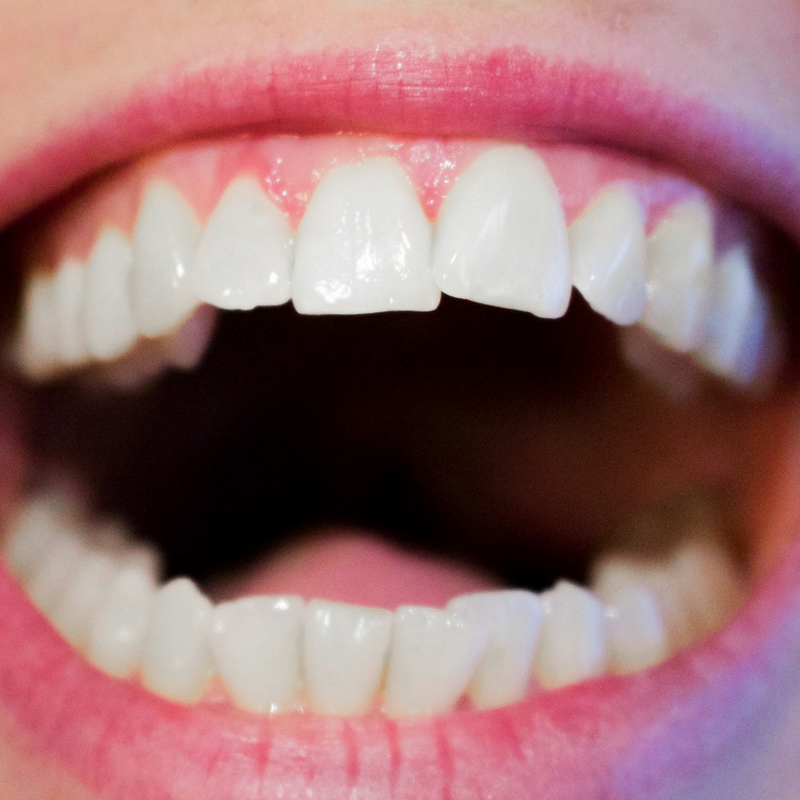TMJ Treatments in Austin and Georgetown
If you are experiencing pain in your neck or jaw from a problem with your temporomandibular joint, TMJ rehabilitation can help restore pain-free movement, stop painful head or ear aches and reduce stiffness in your jaw muscles.
Effective Pain Relief
The temporomandibular joint, or “TMJ”, is a strong but very mobile connection between the jaw and the skull on each side of the head. The muscles located near this joint allow you to open and close your mouth.
When these joints move out of alignment or movement is impaired, a person might be diagnosed with temporomandibular joint disorder, which is known as TMD or TMJD. This condition is more prevalent in women than men and occurs in up to 15% of adults—often between the ages of 20 and 40. TMJ disorders can be present in any age group, particularly when the onset of symptoms is related to a trauma, such as a blow to the face during a sporting activity or a motor vehicle accident.
Due to its proximity to the ear and to the cervical spine, problems with the TMJ can create a wide variety of pain and mechanical problems–not just in the jaw area, but also in the head, face or neck. A person with TMJ problems may experience:
• Jaw pain
• Ear aches or ringing in ears
• Pain while chewing
• Face or neck pain
• A stiffness of jaw muscles
• A difference in how your upper and lower teeth come together
If left untreated, individuals with TMJ problems can develop additional problems, such as chronic headaches, lack of sleep, hearing problems and depression.
A specially trained physical therapist can effectively treat a patient’s TMJ and also work in conjunction with other medical practitioners, such as dentists or Ear, Nose and Throat (ENT) specialists to find personalized solutions that can decrease and eliminate TMJ-related pain.
Interventions might include:
• Manual therapy to relieve tense jaw muscles or associated head and neck stress
• Guidance on the proper jaw alignment and posture to relieve discomfort
• Exercises for the jaw to increase flexibility and/or stability
• Manipulation of specific joints at the jaw or in the neck and upper back to improve alignment and mobility
Symmetry Physical Therapy offers TMJ treatment as a part the clinic’s specialty spine rehabilitation program, administered by a therapist that has over a decade of experience treating patients with TMJ disorders.
"
“I would highly recommend Symmetry to everyone. I had been to other physical therapy places and had bad experiences. The therapists at Symmetry are hands-on, attentive, knowledgeable, and most of all listen to your individual needs. The staff is very welcoming from the minute you enter the facility. They take care of scheduling and dealing with health insurance companies. Once again I can't say enough good things about them.”
- Robert S.
Benefits of TMJ Rehabilitation

Experience Pain Free Jaw Movement Some of the primary symptoms of TMJ problems are face and neck pain. Symmetry’s therapists can use manual therapy techniques to increase movement in the joint, restore muscle flexibility and break up scar tissue that could be impeding proper movement and causing pain. Exercises can strengthen jaw muscles and restore range of motion, as well as improve posture to enable better jaw function.

Reduce Need for MedicationPhysical therapy, coordinated with your full medical team, can be part of a treatment plan which can reduce the need for pain medication and other types of pharmaceuticals. In addition to promoting more natural jaw movement, Symmetry’s physical therapists can educate you on how your posture can impact the resting position of your body parts most closely linked to TMJ-related pain.

Prevent Surgical Procedures In some cases, TMJ surgery can be avoided with an effective physical therapy program. Since all surgical procedures involve some degree of risk, Symmetry’s physical therapy can be an alternative that can save you money and the complications that can result from more invasive procedures.
RETURN TO THE ACTIVITIES YOU LOVE THE MOST
SIGN UP FOR EMAIL UPDATES
GET OUR TIPS ON HOW TO GET BACK TO PEAK CONDITION.
